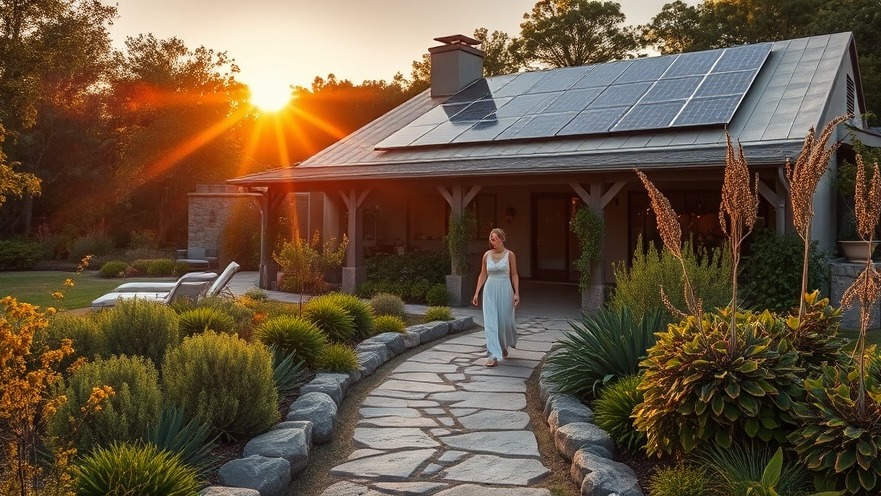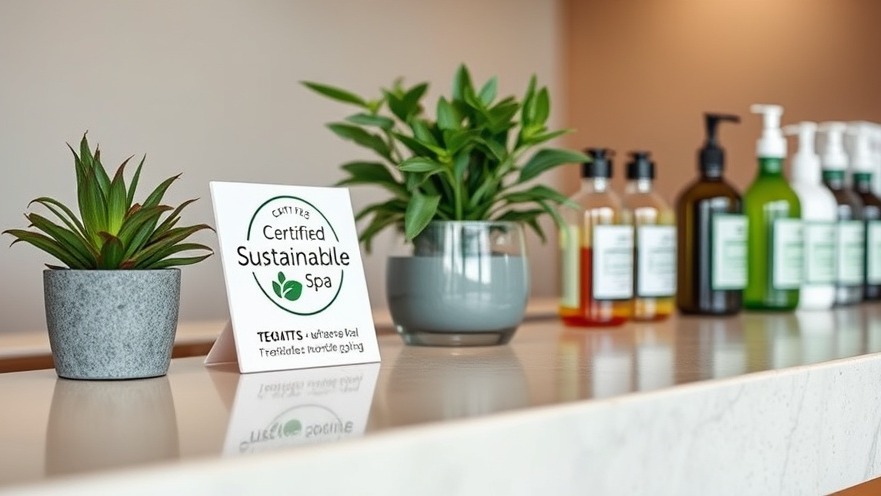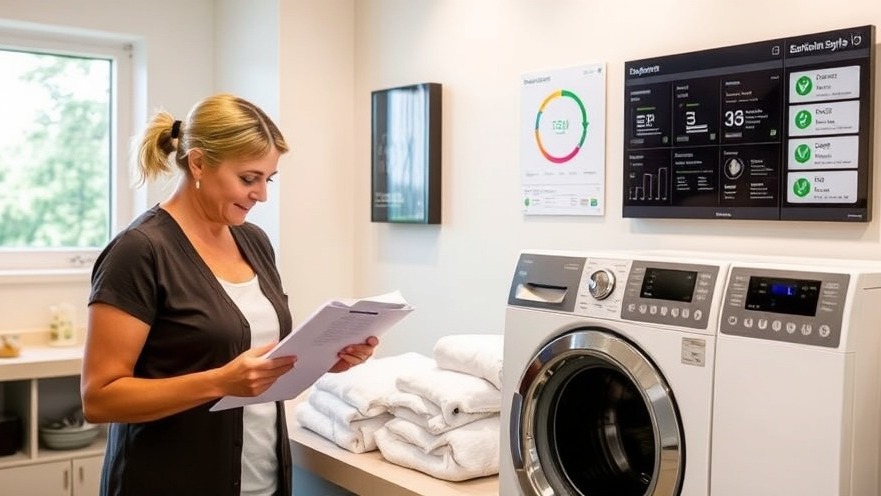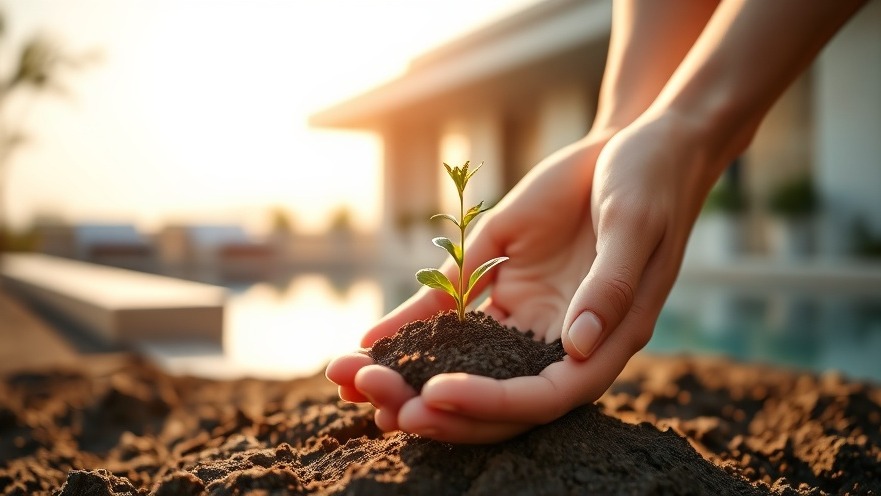
How Authentic Sustainability Is Redefining the Meaning of Luxury
Walk into any modern spa today, and you’ll likely find the same peaceful soundtrack — soft music, scented oils, and a promise of renewal.
But beneath the surface, another transformation is quietly unfolding — one that’s changing how spas build, operate, and connect with guests.
The new measure of luxury isn’t just how a treatment feels — it’s how it impacts the planet.
Guests are paying attention to the details: how much water flows from the showerhead, where the linens are laundered, and whether the products used on their skin are ethically sourced.
According to Booking.com, nearly three out of four travelers now say sustainability influences their booking choices. For spa owners, that means “green” can no longer be a marketing add-on — it’s a defining element of trust.
“True wellness extends beyond the treatment room,” says spa strategist Mia Kyricos. “It’s about creating experiences that honor both people and planet.”
Across the industry, forward-thinking spas are proving that sustainability and indulgence aren’t opposites. From regenerative pool filtration that saves thousands of gallons of water each year to energy-efficient lighting that enhances relaxation, innovation has become the new self-care ritual.
The Rise of the Conscious Guest
Ten years ago, “eco-spa” often meant a few bamboo accents and a promise to recycle. Today’s clients want more than aesthetic nods — they want proof. They’re reading ingredient labels, scanning QR codes on product packaging, and asking questions about sourcing.
According to the Global Wellness Institute, the modern spa guest isn’t just buying a service; they’re investing in values. They want their moments of rest to align with their principles — clean beauty, ethical labor, water conservation, and climate responsibility.
This evolution began as a broader cultural shift toward conscious consumption. From fashion to food, consumers are redefining luxury as something that feels responsible. As Costas Christ, founder of Beyond Green Travel, explains:
“Sustainability isn’t a sacrifice; it’s smart business. When travelers choose experiences that care for local communities and the environment, everyone benefits.”
Spa brands that understand this are positioning themselves as leaders in a movement that fuses comfort with conscience — a combination that resonates deeply in a post-pandemic world where wellness has become both personal and planetary.

When “Greenwashing” Lost Its Glow
The term greenwashing became the industry’s wake-up call. Guests began noticing the gap between what some spas claimed and what they actually did.
A “green” logo on a brochure wasn’t enough. The backlash pushed many operators to adopt stricter standards and measurable accountability.
In response, the FTC Green Guides in the U.S. and the UK CMA Green Claims Code set out new rules for environmental transparency — demanding evidence-based marketing and discouraging vague promises like “eco-friendly” or “all natural.”
This created a turning point: spas could no longer rely on pretty language; they needed data. Certifications such as LEED, WELL, and Green Key began to hold weight, offering credibility and consumer trust.
One resort spa in California, for example, invested in ozone laundry technology to replace traditional hot-water systems.
The result? A 40 percent reduction in water usage and cleaner linens that lasted longer — all while lowering energy costs.
Guests were pleasantly surprised to see the details proudly displayed on a lobby plaque, turning sustainability into part of the guest experience rather than a behind-the-scenes technicality.
Another milestone came with regenerative pool filtration systems, which recycle water instead of flushing it out. These systems can cut waste by as much as 90 percent, transforming once-resource-heavy amenities into models of conservation.
The message was clear: environmental care and operational efficiency could coexist beautifully.
Inside the Modern Green Spa
Today’s eco-conscious spas operate on four key pillars — design, systems, products, and people. Together, they form the foundation of what guests recognize as authentic sustainability.
1. Sustainable Design & Architecture
A spa’s physical environment sets the tone for how sustainability feels. Sunlight pouring through skylights, reclaimed wood, low-VOC paints, and biophilic features all support both the planet and guest wellbeing.
Architects working within LEED and WELL frameworks focus on energy optimization, air quality, and non-toxic materials. The result isn’t just lower utility bills — it’s a palpable calm that guests can sense.
“Spaces that breathe with nature automatically invite relaxation,” says designer Bonnie Baker, co-founder of Satteva Spa & Wellness and former Green Spa Network president. “When people feel connected to their environment, their nervous system responds.”
2. Water & Energy Systems
Behind the scenes, spa engineers are turning to smarter technologies:
Ozone Laundry Systems sanitize with oxygen instead of heat, slashing energy use and extending fabric life.
Greywater Recycling units such as Hydraloop treat shower and laundry water for reuse in toilets or irrigation.
Regenerative Media Filtration (Evoqua Defender) keeps pools and hydrotherapy circuits pristine with a fraction of the backwash waste.
These upgrades aren’t just eco-friendly — they improve profitability. Operators report annual savings of tens of thousands of gallons and significant drops in utility bills, making sustainability an operational advantage rather than an expense.

3. Clean, Conscious Product Lines
Today’s most respected spa brands — Aveda, Davines / Comfort Zone, and Eminence Organics — are proving that beauty can be both high-performance and planet-positive.
Their formulas rely on renewable botanicals, biodegradable packaging, and verified supply chains. Many now publish full sustainability reports detailing carbon footprints and ingredient sourcing.
Guests notice. When a therapist shares that a facial mask is derived from regenerative plants grown on certified farms, it transforms the treatment into a story of respect and responsibility.
4. Culture, Training & Communication
Sustainability only works when staff believe in it. Spas investing in training and internal culture see higher engagement and stronger guest loyalty.
Employees learn to communicate authentically: instead of scripted “eco” lines, they explain initiatives in everyday language — “we use ozone to save water and keep linens softer” — which guests remember.
Kyricos adds,
“Sustainability isn’t a department. It’s a behavior that shows up in every conversation, every towel, every decision.”
What Sets a Truly Eco-Conscious Spa Apart
While many wellness businesses claim to be green, the most trusted ones stand out in three ways: transparency, community connection, and sensory design.
Transparency: They publish results. Whether it’s annual energy savings, sourcing maps, or progress toward certification, they show data. Guests feel respected when told exactly what’s achieved — and what’s still in progress.
Community Connection: Spas that source local botanicals, partner with regional farms, or host cleanup events link wellness to place. The story becomes richer when guests know their dollars circulate within the local economy.
Sensory Design: Nature isn’t just aesthetic; it’s therapeutic. Natural light, real plants, earthy textures, and fresh airflow all reinforce the feeling of health and integrity that defines a green spa.
At Oregon’s Allison Inn & Spa, for instance, vineyard views merge seamlessly with eco-architecture, while water reclaimed from guest showers irrigates the property’s gardens. It’s a living system that guests can see and appreciate — proof that sustainability can be both visible and visceral.

Turning Awareness into Action
For spa owners and managers ready to embrace this path, sustainability begins not with grand gestures but with measurable, consistent steps. Here’s where to start:
Benchmark your energy and water use. Tools like ENERGY STAR Portfolio Manager let you track monthly consumption and set realistic reduction goals.
Upgrade your laundry system. Ozone or cold-water technologies reduce water use by up to 40 percent and lower linen replacement costs.
Explore greywater reuse. Where regulations allow, systems like Hydraloop can reclaim 25–45 percent of total indoor water.
Optimize your pool or hydro facilities. Regenerative filters drastically reduce backwash water and chemical needs, improving both sustainability and maintenance.
Audit your product partners. Choose vendors with transparent supply chains and sustainability certifications. Ask for environmental data and life-cycle reports.
Tell your story truthfully. Follow FTC Green Guides or CMA Green Claims Code principles — clear, specific language backed by evidence. Guests value honesty over perfection.
Educate your team. Host monthly “green briefings” to celebrate small wins — fewer plastic bottles, reduced towel loads — keeping motivation alive.
Share your progress. Turn sustainability metrics into engaging visual content: lobby signage, social media stories, or spa-menu callouts. Clients love seeing the impact of their choices.
The ripple effect of these actions is powerful. Not only do they lower operating costs and environmental impact, they also build trust and loyalty — two qualities that money can’t buy.

The Takeaway: Small Shifts, Lasting Impact
As the wellness industry evolves, eco-conscious spa practices have become far more than a passing trend — they’re the foundation of a new definition of luxury.
Today’s guests are seeking more than indulgence; they’re seeking integrity. They want to know their comfort doesn’t come at the cost of the planet’s wellbeing.
The lesson for spa professionals is simple yet profound: sustainability isn’t a marketing claim — it’s a culture. It’s built one thoughtful decision at a time, from the lightbulbs overhead to the language on a website.
When authenticity leads, everything else — reputation, loyalty, and profitability — follows naturally.
As Mia Kyricos reminds us, “True wellness honors both people and planet.” That means designing spaces that breathe with nature, investing in systems that reduce waste, and empowering teams to communicate with sincerity and pride.
The journey toward an eco-conscious spa doesn’t require perfection — it requires progress. Start small, measure consistently, and share openly.
Replace a single product line with a certified sustainable brand. Install an ozone laundry system that saves thousands of gallons each month. Celebrate every improvement with your guests, turning sustainability into part of their story, too.
Because when you invite people to relax in an environment that reflects their values, you create more than a spa day — you create a moment of alignment between human comfort and environmental care.
And that, perhaps, is the most beautiful definition of wellness there is.
Quick Action Steps for Spa Owners:
Audit your current energy and water systems for easy efficiency upgrades.
Educate staff on communicating your sustainability story authentically.
Choose product partners who publish transparent sustainability reports.
Share visible progress with guests — sustainability builds trust through honesty.
Each small action adds up. Together, they form a ripple effect — proving that the most luxurious experience of all is one that nurtures both body and Earth.
--- Written by the Spa Front News Editorial Team, bringing readers in-depth insights and emerging trends from across the global spa and wellness industry.
 Add Row
Add Row  Add
Add 




Write A Comment